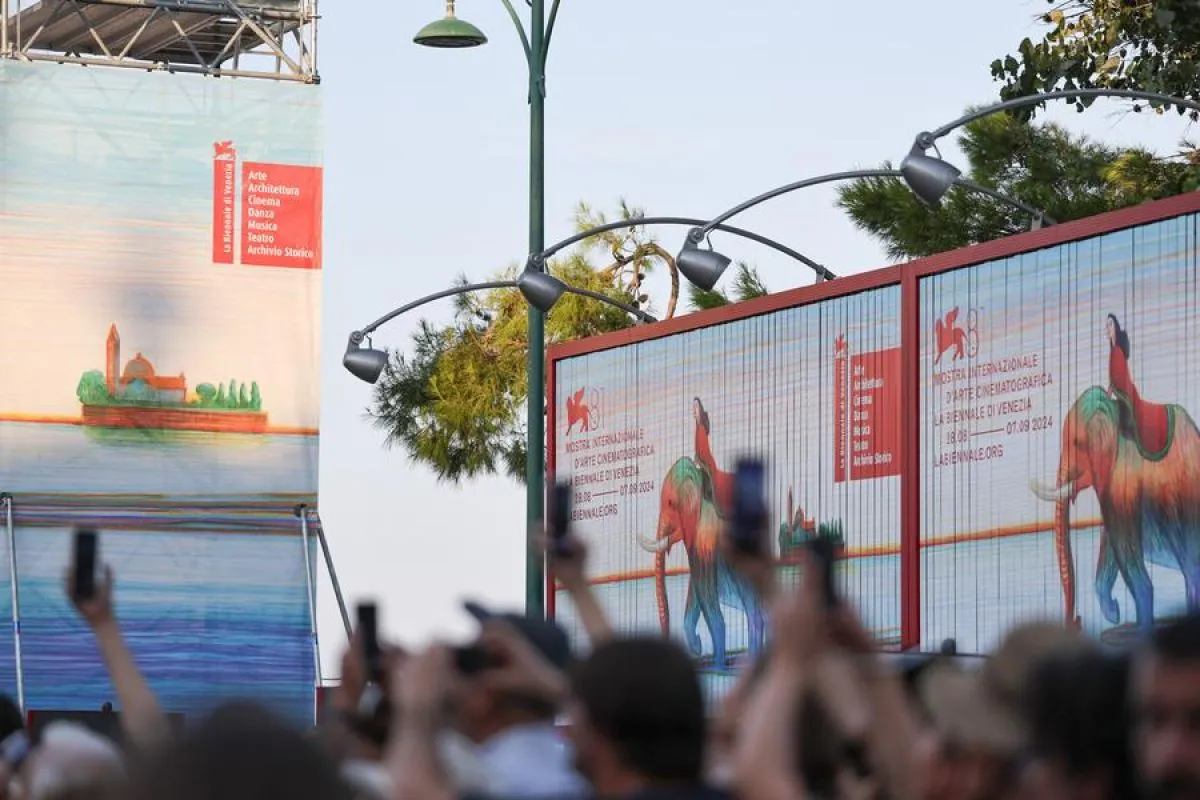VOINews, Roma: In a dimly lit room at the Venice Film Festival, audience members don special vests and headphones, stepping into an immersive story projected onto multiple silk screens. As the vests light up in sync with the narrative, the line between viewer and story begins to blur, transporting the audience into an entirely new dimension.
This merging of cutting-edge technology and innovative storytelling is at the heart of Venice Immersive, a key feature of the 81st Venice Film Festival. As one of the festival’s most pioneering sections, Venice Immersive showcases the latest creations in virtual reality (VR), augmented reality (AR), and mixed reality (XR), pushing the boundaries of traditional filmmaking.
A total of 26 projects are competing for the top prize in this category, bringing a global collection of immersive experiences to the festival. “Venice Immersive was launched in 2016 as part of the Venice Film Festival, and it remains the largest festival for immersive works worldwide,” said Michel Reilhac, a consultant for Venice Immersive, in an interview with Xinhua. The event takes place on a small island near Lido, the main festival venue, in spaces specifically designed to enhance the interactive nature of these projects.
“For the first time, as a film producer, I tried an immersive work, and it was impressive. The headset and 360-degree recording perfectly presented the impressionist paintings,” said Slovenian film producer Michal Horvath, after experiencing a project focused on the work of an Impressionist artist.
Venice Immersive aims to bridge the gap between conventional filmmaking and emerging immersive technologies, encouraging filmmakers to explore new possibilities, Reilhac explained. This year’s showcase includes many Chinese elements, reflecting the global nature of immersive experiences.
“There has been great success with immersive experiences in China. These experiences can be found in malls, galleries, or museums, where you can buy a ticket and engage with them. Immersive experiences are becoming more popular in China,” Reilhac added, highlighting the growing demand for these technologies in the global market.
Liz Rosenthal, another Venice Immersive consultant, pointed out that major studios, such as Marvel, are collaborating on immersive projects, sharing their intellectual property with artists to push the medium further. Many immersive projects go beyond just wearing a headset, creating fully reconstructed environments like apartments, lush gardens, and foreign worlds. Audiences interact with these spaces through wearable devices, making the experience more personal and engaging.
According to Rosenthal, around 16,000 tickets for screenings have been sold, and waiting lines are being prepared for those without reservations. The overwhelming interest in Venice Immersive showcases the growing appeal of this innovative medium.
However, challenges remain. “Headsets are still too bulky, complicated, and sometimes heavy,” Reilhac noted, pointing out that these technical limitations hinder mass appeal. "It will be much easier if technology advances to create more compact devices," he added.
Venice Immersive, while not without its hurdles, represents the future of storytelling, where audience engagement goes beyond the passive and into the interactive, offering a glimpse into the next evolution of cinema./ANTARA/VOI




